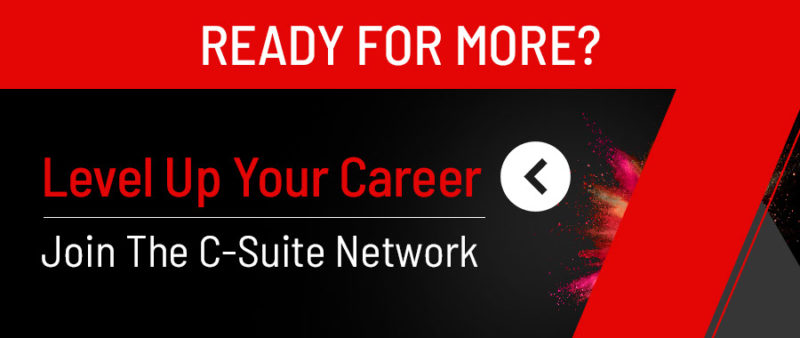
The Rule of 7: Testing Your Commitment to Diversity, Equity, & Inclusion
The Rule of 7: Testing Your Commitment to Diversity, Equity, & Inclusion https://csuiteold.c-suitenetwork.com/advisors/wp-content/uploads/sites/5/2022/04/diversity-equity-inclusion.jpg 256 115 Omekongo Dibinga https://secure.gravatar.com/avatar/91937cff3e3ae853fbe0c400d04560fe?s=96&d=mm&r=gI have truly enjoyed engaging so many companies, schools, and individuals about pressing issues related to diversity, equity, and inclusion. I have found that most people are serious about challenging themselves on seeing where their biases lie and doing something about it. One challenge that I have seen, however, is that too often, people with whom I interact ask me what books they need to read or what terminology they need to adopt in order to not make a mistake and be called out for being racist, homophobic, etc. While the concern is understandable, this is not the way to achieve true diversity, equity, and inclusion and definitely not a way to become antiracist. It’s more of a way to check off a box saying “I did this so I’m good.” I would like to propose a simple, but more in-depth measure of seeing how serious you are on diversity, equity, and inclusion. I propose The Rule of 7.
Rather than checking the box or reading an assigned book, The Rule of 7 is personal. Only you know the answers to these 7 questions and therefore only you know what you are supposed to do about it. The real question is do you have the will to actually do something about it or are you going to stay comfortable and not rock the boat? You can come up with your own list of 7 questions or you can do it as a group of friends or even at your job. The goal is not to come up with an easy list. This should be a list that challenges you to become better on this journey. The reason why The Rule of 7 can be powerful is because it speaks to what you’ve already done versus what you’re doing. The 7 questions could include:
- What do your 7 closest friends look like (or the 7 closest friends of your children)?
- Who are the authors of the last 7 books you read (or books bought for your children)?
- What do your 7 closest neighbors (in terms of proximity) look like?
- What did your last 7 teachers look like (or the current teachers of your children)?
- What does the cast of the last 7 shows and movies you’ve watched (or that your children watched) look like?
- What did your last 7 hires look like or what do the 7 closest members of your work team look like?
- What do the last 7 toys you bought for your kids look like?
I could go into more detail about each question but they are all self-explanatory. If, for example, you’re white and all the answers to all or most of your 7 is “white,” you have more work to do. If you are black and your answers are mostly “black,” you have work to do. I would also say that if you are a member of one group, say Latinx, and your responses to the most questions are mostly “white,” you also have some work to do. For those of you with children or students in your life, this is also important because you may be programming them in a way that reinforces a narrative of superiority or inferiority in their minds in the same way you may have been programmed.
If this article is too vague for you, that is the point. The goal of this article is to challenge you to work on your own or with colleagues and friends to actively challenge your biases and do the work to diversify your experiences and practices. I can give you books, documentaries, glossaries, and TED talks for days. At the end of the day, however, you have to do the work to challenge yourself on your thoughts and experiences with diversity, equity, and inclusion when nobody is watching. Lastly, if you want to go to a deeper level, spend time exploring why your neighbors and teachers all look the same or why you do not work with anyone who does not look (or think) like you. That is an entirely different reading list for you. Are you ready? Let’s go!
Click here to view the video




